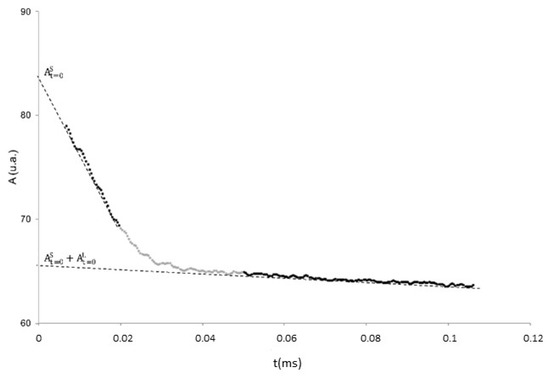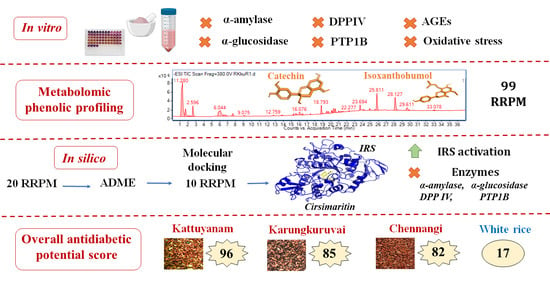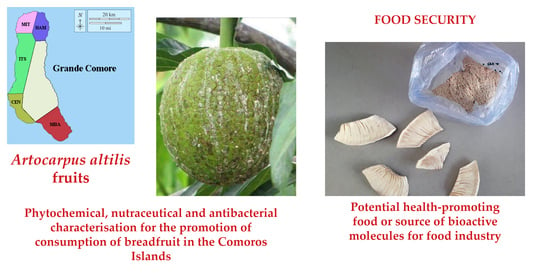Bioactive Molecules and Health-Promoting Properties in Traditional and Innovative Food and Beverage
A topical collection in Foods (ISSN 2304-8158). This collection belongs to the section "Food Nutrition".
Viewed by 14553Editor
2. Chestnut R&D Center—Piemonte, Regione Gambarello 23, 12013 Chiusa di Pesio, Italy
Interests: tree crops; chestnut cultivation; secondary metabolites; quality assessment; nutraceutical properties; sustainability
Special Issues, Collections and Topics in MDPI journals
Topical Collection Information
Dear Colleagues,
The interest in bioactive molecules, phytochemicals, and health-promoting properties in functional foods continues to grow, powered by increasing research into identifying natural active substances and properties in food and beverage and coupled with consumer demand and public interest. In particular, the primary healthcare needs of the local population in many countries are based on traditional food and beverage derived from natural resources. Traditional food may be important in meeting the high demand in many countries for cost-effective, safe, and natural health-promoting food and beverage to be produced by agri-food industries and used by the local population.
Innovative chromatographic approaches (HPLC fingerprinting, mass spectrometry, and spectrophotometric techniques coupled to chemometrics) may allow the identification and characterization of raw material or commercial final products; moreover, other analytical strategies (e.g., NMR, IR, fluorescence) are necessary to better isolate, characterize, identify, and quantify the effective value of biomolecules included in food applications. Chromatographic and spectrophotometric techniques applied in food chemistry may promote food quality, contributing to sustainable development and a commercial valorization of traditional food and beverage based on natural local resources.
This Topical Collection will collect recent high-quality research and review papers in the field of i) potential health-promoting natural resources and relative derived-food products, such as traditional food and beverage; ii) evaluation of their potential sensory and physico-chemical properties; and iii) phytochemical characterization of the main bioactive compounds, in order to develop innovative health-promoting products or improve traditional food applications with a high health value.
Topics covered in this Topical Collection will include but be not limited to:
- Traditional foods and their sensory and health-promoting properties;
- Agrobiodiversity and human nutrition;
- Food products derived from natural resources;
- Analytical strategies for bioactive compound identification and quantification;
- Delivery systems for phytochemicals in foods;
- Traditional and advanced extraction methods;
- In vivo and in vitro bioactivity of extracted nutraceuticals.
Dr. Dario Donno
Collection Editor
Manuscript Submission Information
Manuscripts should be submitted online at www.mdpi.com by registering and logging in to this website. Once you are registered, click here to go to the submission form. Manuscripts can be submitted until the deadline. All submissions that pass pre-check are peer-reviewed. Accepted papers will be published continuously in the journal (as soon as accepted) and will be listed together on the collection website. Research articles, review articles as well as short communications are invited. For planned papers, a title and short abstract (about 100 words) can be sent to the Editorial Office for announcement on this website.
Submitted manuscripts should not have been published previously, nor be under consideration for publication elsewhere (except conference proceedings papers). All manuscripts are thoroughly refereed through a single-blind peer-review process. A guide for authors and other relevant information for submission of manuscripts is available on the Instructions for Authors page. Foods is an international peer-reviewed open access semimonthly journal published by MDPI.
Please visit the Instructions for Authors page before submitting a manuscript. The Article Processing Charge (APC) for publication in this open access journal is 2900 CHF (Swiss Francs). Submitted papers should be well formatted and use good English. Authors may use MDPI's English editing service prior to publication or during author revisions.
Keywords
- traditional food
- healthy properties
- phytochemicals
- analytical strategies
- functional foods
- biological activity tests
- natural antioxidants









